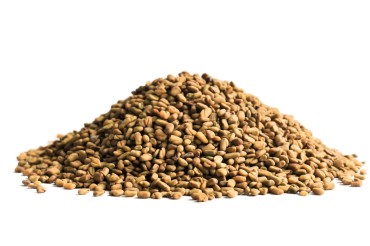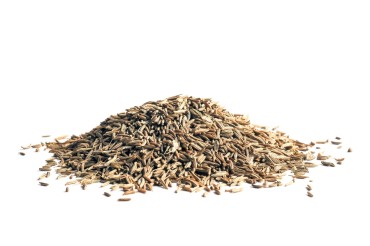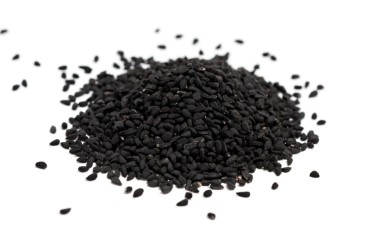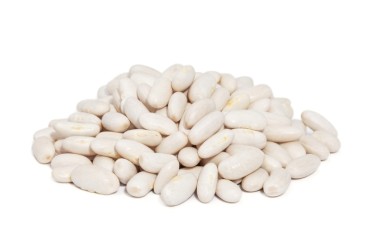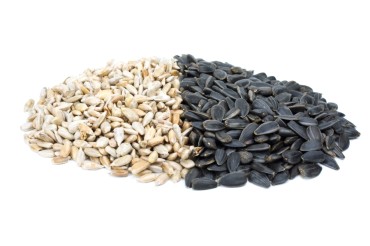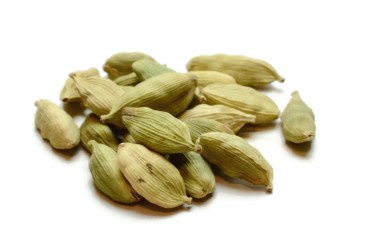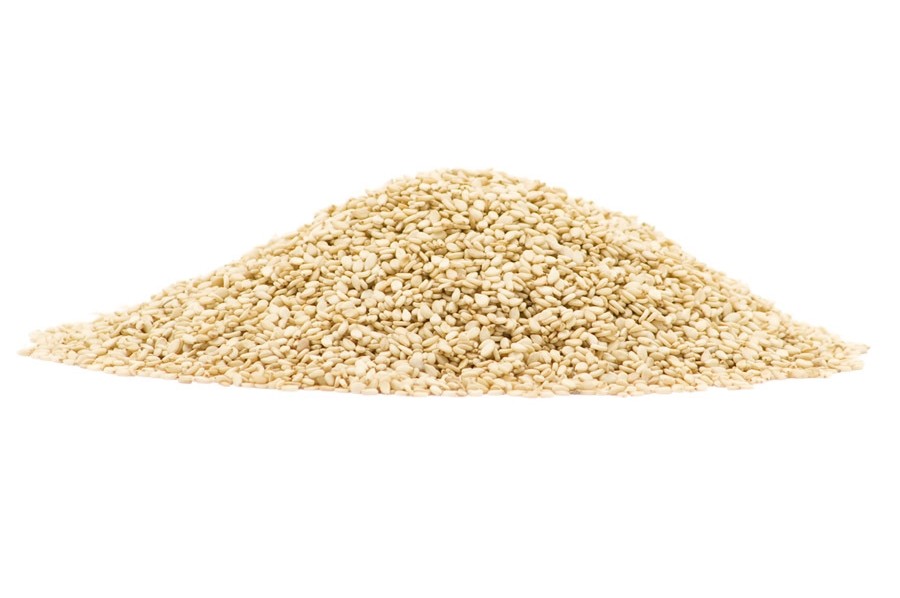
Overview
Sesame seeds are de-corticated to remove the black skin before it is packaged and used. It is available in a range of colours too, whether white, brown, black, red and yellow or hulled. The darker seeds have the most flavours.
Common Uses
Sesame seed has a nutty, fresh burst-in-the-mouth flavour that is most commonly used as a bread and bun topping. It can also be sprinkled over fresh salads, and in Asian cooking it is sprinkled over stir fries too. Ground sesame is the main ingredient in Tahini, which is an essential paste in the Middle East. Seed bars almost always have sesame as a main ingredient. It works very well with chicken and it adds a very distinctive taste to rice dishes that are served with Asian meals.
Recommended Storage
The most important point is that dried herbs and spices can never go bad if they are kept dry. Yes, the potency is lost, but it will still influence the flavor of your cooking.
Seeds, roots, leaves and flowers last longer than crushed or ground herbs and spices. When you are preparing to store your dry herbs and spices it is vital that they are completely dry. A good indication is to rub it with your finger to check if it crumbles. As oxygen degrades dried herbs and spices over time, you should store them in airtight containers. Glass jars with sealable lids are perfect, and so are metal tins. Plastic won’t do for long terms storage. Sunlight also degrades dried herbs and spices; therefore, it should be stored in a dark cabinet that is both cool and dry. If your spice rack is near the stove or cooker, steam will degrade your herbs and spices each time you open the container while cooking. When buying in bulk, you should always store only some of the dried herbs and spices in a glass or metal container. Each time you open it, it is exposed to the elements. When buying in bulk it is useful to label your containers with the purchase date and discard date.
- Purity:
100% cleaned via sortex - Packaging:
25kg in polypropylene bags

